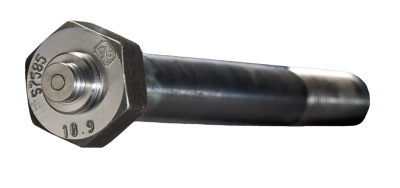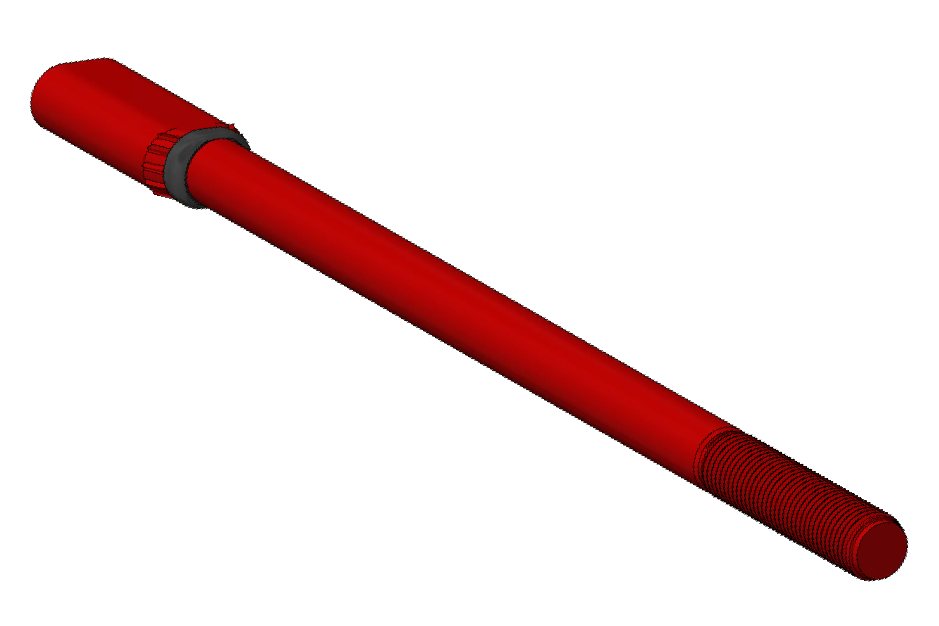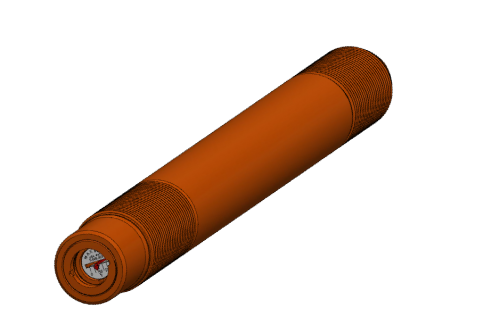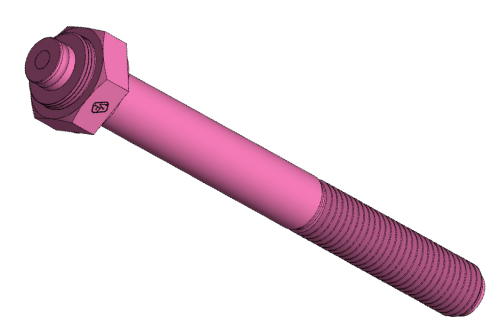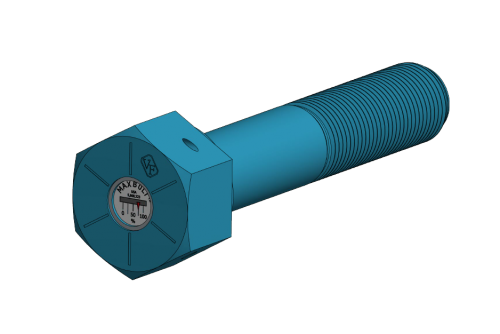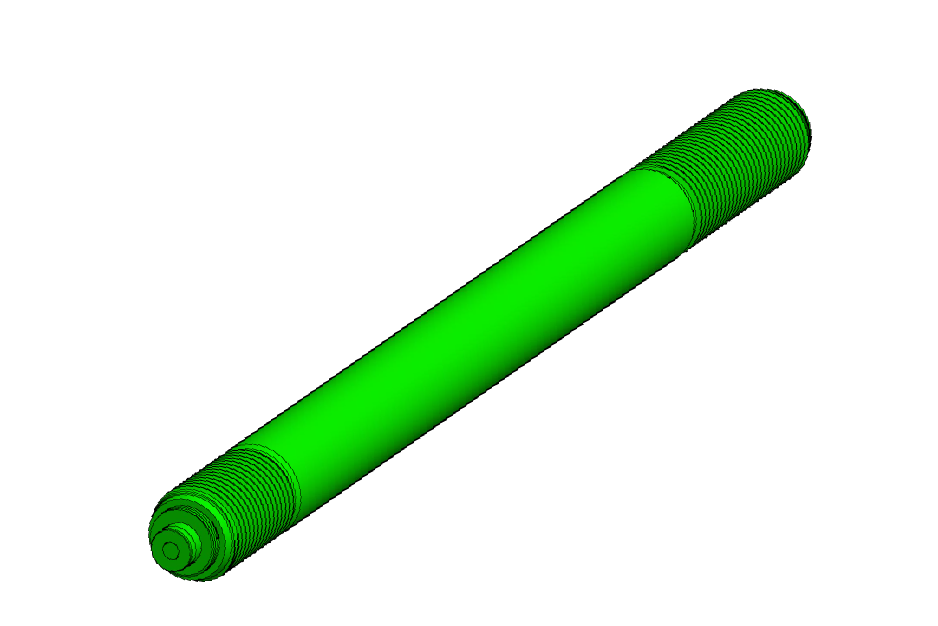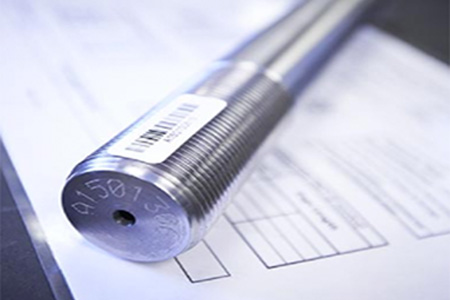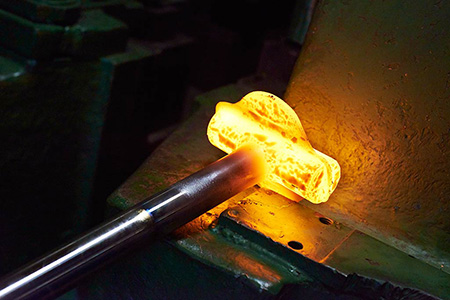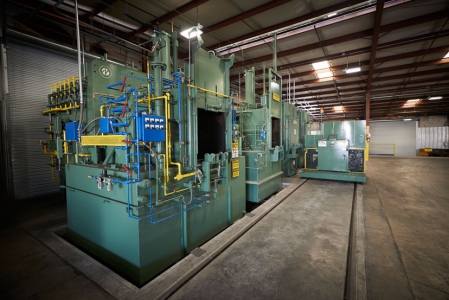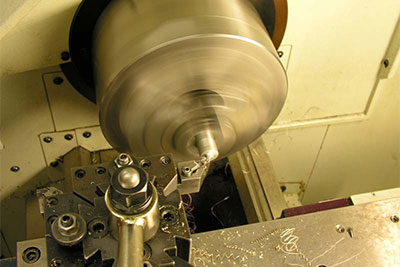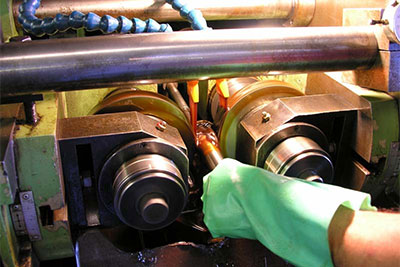
Published courtesy of Torq-Comm International Inc.
Whichever way you tighten a bolt, be it with a spanner, a hand torque wrench, a hydraulic torque wrench or tensioners, the ultimate goal is the same, a tight and reliable joint.
If you aren’t a tool manufacturer and can take an unbiased view of all of these tightening methods, there is really only one conclusion you can make. They are all filled with potential pitfalls, that may have a negative effect upon the integrity of a joint. This has been a contentious issue in the bolting sector for many years, but the reality is, there is only one cast iron way to ensure your joint is reliable – residual bolt load.
Certainly, with the measured methods used to tighten a bolt, your goal is to stretch it to a pre-determined point, resulting in a tight joint that hasn’t been overloaded, and contains the correct amount of residual load. There are so many factors such as lubricant, bolt quality, human error, equipment inaccuracy and many more, that the only true way to absolutely guarantee the reliability of your joint, is to know the residual bolt load, period.
Wouldn’t it be great if there was a system out there that could provide technicians with flange working instructions on site, guide them through the bolting process, ensure they tighten in the correct sequence, securely gather the bolting data real time AND confirm the residual bolt load? That would be the ultimate bolting system, right? Well now you can!
Introducing the new Torq-Comm Commander XTV1000. If you are involved in the industrial bolting sector, you will already be aware of the existing Torq-Comm Commander process control and data collection system, which is now being widely used to improve joint integrity assurance. The XTV now takes things a step further. The “X” stands for rugged durability and the “T” for torque (including hand torque) or Tension. The additional “V” stands for verification.
Torq-Comm International has quite literally entered into a “joint” venture with world renowned fastener manufacturer, Valley Forge. For many years, Valley Forge has designed and produced load indicating fasteners. More recently, they have developed the SPC4™ Load Indicating System. The system uses similar technology to standard load indicating fasteners with one really smart difference. The residual load data can be gathered from the fastener and exported by Wi-Fi or Bluetooth.
The new Commander XTV1000 controls the bolting process, collects and securely stores the data, and then communicates with the SPC4™ to verify the residual load. There literally is nothing else available that offers this level of control and verification, during industrial bolting operations.
Michele Clarke, CEO at Valley Forge commented “We are delighted to be working with Torq- Comm, collectively, we will undoubtedly bring a new level of safety and reliability in the bolted joint, never seen before.”
Bret Halley, COO added “We have been working hard on creating innovative products to help with joint integrity assurance. As soon as we saw how the Torq-Comm Commander XT system worked, and the potential synergy between our organisations, we knew we had something really special between us.”
Paul Iannello, CEO at Torq-Comm International said “We have always known that our system was going to kick off a revolution in industrial bolting. Now we are working with Valley Forge, the ultimate solution is available to the sector. I couldn’t be more excited about the future for all concerned.”
A great example of two industry leading organisations bringing the ultimate solution for joint integrity assurance, guaranteed.
For more information or discuss what this means for your bolting application, please reach out to our sales team anytime at sales@vfbolts.com.
To learn more about Torq-Comm International, please visit their website at torq-comm.com.

